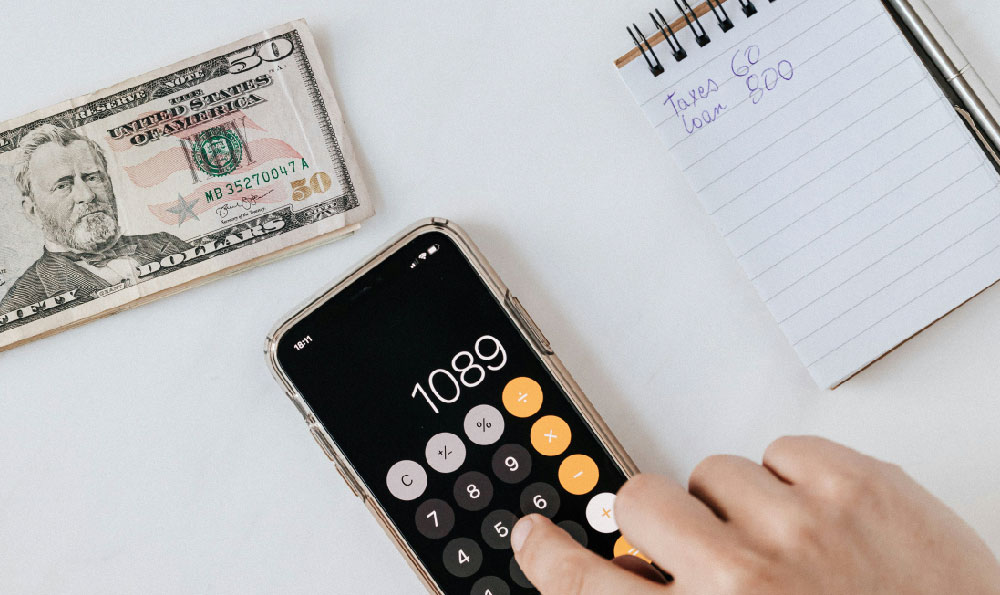How Much Do NFL Cheerleaders Earn, and Is It Fair Pay?

The question of compensation for NFL cheerleaders is complex, touching upon issues of gender equality, labor rights, and the often-unacknowledged demands of the profession. It's a topic that sparks debate, prompting a closer look at the realities faced by these performers and the value they bring to the multi-billion dollar NFL industry.
Salaries for NFL cheerleaders vary considerably depending on the team, the number of games in a season, the amount of required appearances, and the cheerleader's seniority. While there's no publicly standardized pay scale across the league, available data points to a range that generally falls below what might be considered a living wage, especially considering the time commitment and physical demands involved. A common estimate suggests that cheerleaders earn around $75 to $150 per game, which translates to a few thousand dollars for the entire season. Some teams may offer additional compensation for practices, rehearsals, and mandatory public appearances, but these additions rarely bring the total earnings to a substantial amount.
Beyond the per-game pay, cheerleaders are often required to attend numerous practices per week, spending hours perfecting routines, learning choreography, and maintaining physical fitness. These practices are frequently unpaid or compensated at a very low hourly rate, essentially working for free during these critical preparation periods. Furthermore, cheerleaders are expected to participate in numerous community events, charity appearances, and promotional activities throughout the year, often without significant compensation. The cumulative time commitment involved in being an NFL cheerleader can be substantial, demanding a significant portion of their time and energy, making it difficult to hold a full-time job alongside their cheerleading duties.

The argument for fairer pay is multifaceted. Firstly, cheerleaders contribute significantly to the overall NFL experience. They entertain fans, generate enthusiasm, and enhance the game-day atmosphere. Their performances are visually appealing, energetically charged, and play a crucial role in creating a memorable experience for the audience. In a league that generates billions of dollars in revenue annually, the comparatively small compensation paid to cheerleaders seems disproportionate to the value they provide.
Secondly, the physical demands of cheerleading are considerable. Routines involve rigorous athleticism, requiring strength, flexibility, coordination, and stamina. Cheerleaders endure repetitive strain, potential injuries, and the pressure to maintain a certain physical appearance. The constant physical exertion takes a toll on their bodies, and the risk of injury is always present. Considering the physical demands and the potential for injury, the compensation often feels inadequate.
Thirdly, there is a persistent perception that cheerleading is a glamorous and effortless activity, masking the hard work and dedication involved. This perception often leads to an underestimation of the skills and efforts required to be a successful cheerleader. The reality is that cheerleading is a physically demanding profession that requires years of training, dedication, and a significant time commitment.
Finally, the issue of gender equality is an important consideration. Historically, cheerleading has been dominated by women, and critics argue that the low pay reflects a systemic undervaluing of work typically performed by women. While the NFL has made strides in promoting gender diversity and inclusion, the issue of cheerleaders' compensation remains a persistent point of contention.
However, there are counterarguments to consider. Some argue that cheerleading is a voluntary activity, and individuals choose to participate knowing the compensation levels. They contend that the experience provides valuable opportunities for personal growth, networking, and exposure, which may have long-term benefits for their careers. Some cheerleaders may view it as a passion project, driven by a love for the sport and the opportunity to perform in front of large crowds.
Furthermore, teams often provide additional benefits, such as uniforms, travel expenses, and access to training facilities. These benefits may offset some of the financial burden and provide a supportive environment for cheerleaders to pursue their passion. It's also true that the market for cheerleading positions is competitive, and the supply of talented individuals often exceeds the demand, which can influence compensation levels.
Despite these arguments, there has been a growing movement advocating for improved working conditions and fairer pay for NFL cheerleaders. Several lawsuits have been filed in recent years, alleging wage theft, unfair labor practices, and discrimination. These legal challenges have brought increased attention to the issue and have prompted some teams to improve their compensation and benefits packages.
Looking ahead, the future of NFL cheerleader compensation is uncertain. The ongoing debate is likely to continue, with advocates pushing for increased transparency, fairer wages, and improved working conditions. Ultimately, the decision on how much to pay cheerleaders rests with the individual teams and the NFL as a league. However, as the public awareness of the issue grows, there is increasing pressure on the NFL to address the concerns and ensure that cheerleaders are fairly compensated for their contributions. The question isn't just about dollars and cents; it's about recognizing the value, hard work, and dedication of these performers and ensuring they are treated with the respect and dignity they deserve.















